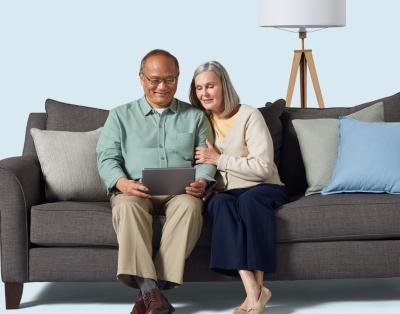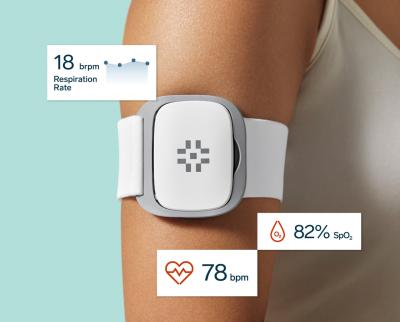
Over the past several years, healthcare systems have steadily deployed hospital at home, remote post-dicharge ,and virtual chronic disease management programs to their patients. According to research from Insider Intelligence, by 2025 remote patient management services and tools are expected to reach over 70 million U.S. patients.1
“It’s become the new normal,” says Amber Fencl, Senior Vice President of Digital Health and Engagement and Chief Digital Health Officer for Novant Health. “We think of it in terms of building a hybrid care model so that treatment journeys can occur wherever they are most convenient for patients, caregivers, and providers. I believe the health systems that embrace the concept of delivering care in non-traditional settings and that follow a guiding principle of purposeful innovation will excel in this space and deliver high-quality outcomes.”
However, providers need a set of solid metrics and KPIs to measure the quality of hospital at home programs. While there may be some universal KPIs, such as reductions in hospital readmissions or avoidance of visits to the emergency department, Fencl says KPIs will vary from one use case to the next. “The things we measure as benefits, revenues, and savings are very different for higher-acuity advanced care than for monitoring someone in an outpatient setting,” she points out. “KPIs are not one-set-for-all. To tell a compelling story, you must peel back the onion a few layers to find the most meaningful metrics for a given case.”
Health systems are already demonstrating that monitoring patients in their homes can deliver lifechanging benefits. For example, one system monitored obstetrics patients to identify early onset symptoms of preeclampsia so that they could intervene to prevent adverse events.
Telemedicine, remote monitoring, and hospital at home care all offer considerable benefits. However, to optimize them, health systems must figure out how to integrate new digital solutions into their existing workflows to help ensure care teams embrace them. “Change is hard,” says Claudia Douglass, Principal of Health Transformation for PwC. “To maintain momentum, it’s crucial to have alignment across the organization and avoid the disconnects that can happen if certain stakeholders are not on board.”
Douglass gives the example of a large health system that spent months building alignment by consulting with individuals, throughout the organization, on the appropriate clinical protocols. “By giving people a chance to share concerns about how labs will be handled, or the how organization will meet compliance, you can secure the involvement of leadership and front-line staff,” says Douglass. “Then, people are more likely to feel a sense of belonging and work together to solve whatever challenges arise during pilot and roll-out phases.”
While healthcare systems tend to focus on the patient benefits of hospital at home programs, there are also substantial advantages for the healthcare workforce. For example, amid chronic nursing shortages, remote patient management roles can retain staff by giving them new career options with added flexibility. “Hospital at home programs can give nurses and other care providers opportunities to extend and prolong their careers by taking on seasonal work, picking up shorter shifts, or working from home,” says Dr. Sarah Pletcher, System Vice President, and Executive Medical Director for Strategic Innovation at Houston Methodist. “One of the reasons I’m excited about these remote care programs is that they give us a chance to staff and hire in new ways.”

Although continuous monitoring provides the data to support high-acuity, hospital at home models, “you still need a way to monitor all that data without driving staffing costs through the roof,” explains Dr. Justin Hubbard, Vice President of Product Management for Biofourmis. “Better algorithms with AI components will allow healthcare systems to maintain or increase patient-caregiver ratios. And logistics tools will ensure that hospital at home programs have all the IVs and other bedside equipment so that the care is as good as within the walls of a hospital.”
As health systems explore different pathways for delivering remote care and hospital at home solutions, Douglass encourages them to consider the Golden Rule and imagine the remote care experience they might want to receive in a patient role. She says it can help to cast a wide net and consider how health systems in other places, from Scandinavia to the Middle East, are using technology to redesign and reimagine healthcare delivery. “Of course, we have our own regulatory structures and constraints, but it can still be enlightening to explore and understand healthcare innovation worldwide,” says Douglass. “It helps to broaden our minds and think about the art of the possible.”
Click here to view the full webinar and find out more about how health systems are the hospital experience in patient homes.